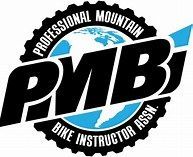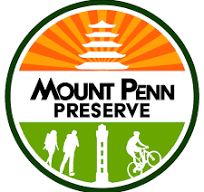High Altitude Mountain Biking
Tips for Mountain Biking in High Altitudes

The effects of altitude are felt by most people who live at sea level because the air pressure drops and there is less oxygen available to power your body. Most healthy people feel comfortable at rest between 5000 and 8000ft / 1500 and 2400m, but get out of breath more quickly while exercising. Oxygen levels at 8200ft / 2500m are 75% of those at sea level, and practically everyone feels the strain!
Reduced mountain bike performance (burning legs, lack of leg strength, breathlessness/higher respiration and heart rates as your body tries to suck more air through the lungs to get the oxygen it requires) to more general indicators are all possible symptoms (headache, fatigue, nausea, dizziness, sleep disturbances). Regardless of physical condition or age, various people are affected in different ways.
Continue reading for the top three altitude training techniques for overcoming the symptoms of mountain biking at altitude, and have fun!
1 – ASCEND AT A GRADUAL PACE:
Traveling up to altitude for a few days at a time will allow your body to adjust to the lower oxygen levels. When biking in Nepal at 13,000ft / 4000m, this gentle ascent is more necessary than when riding in Boulder, CO at 5430ft / 1655m! Spending time at higher elevations allows your body to adapt and produce more oxygen-carrying red blood cells, which improves your ability to supply oxygen to muscles. True acclimatization can take three weeks or longer, but some benefits can be noticed sooner: aerobic performance drops by 11.3 percent during the first three hours of arriving at altitude. Half of that performance is regained after 48 hours of acclimation. Natural EPO, the hormone that governs the volume and amount of red blood cells, begins to rise within 24-48 hours, resulting in more red blood cells and acclimation. Don't worry if you can't fit three weeks of acclimatization into your schedule; the following suggestions will come in handy!
2 – DRINK, DRINK, DRINK:
Because the air is dry up high, sweat evaporates faster and you don't have wet air to breathe in, you soon dehydrate. As your heart beats to carry blood through your body, your blood thickens, resulting in a faster heart rate. To avoid headaches, drink plenty of water throughout the day, particularly while riding to increase performance. Even if you don't feel thirsty, drink at least 1-1.5 gallons / 4-6 liters of water every day. Alcohol is a depressive that lowers your breathing and heart rate, reducing the quantity of oxygen available to your body. However, when you've hydrated with water, you can enjoy a beer!
3 – CHILL OUT:
You'll achieve your maximum sustainable pace far faster at altitude than at sea level. Uphill, you'll be riding slower, and you'll have to work harder than usual to maintain the same speed you do at sea level. This means that if you produce 250 watts of power at lactate threshold at sea level, you may only produce 225 watts at 8,000 feet (a 10 percent decline). Ride at a lower (easier) gear and at a slower speed than usual. PEDAL Mountain Bike Adventures always starts our rides slowly to allow us to warm up, adjust to the altitude, and take in the breathtaking Rocky Mountain landscape.
If you have any concerns, go to your doctor before you go; they may prescribe altitude drugs like acetazolamide (Diamox).
It's impossible to avoid the fact that the density of oxygen in the air drops in direct proportion to altitude. But if you follow the above advice and plan to ride at a leisurely pace, you'll be able to appreciate everything Colorado and other high-altitude mountain biking destinations have to offer!














